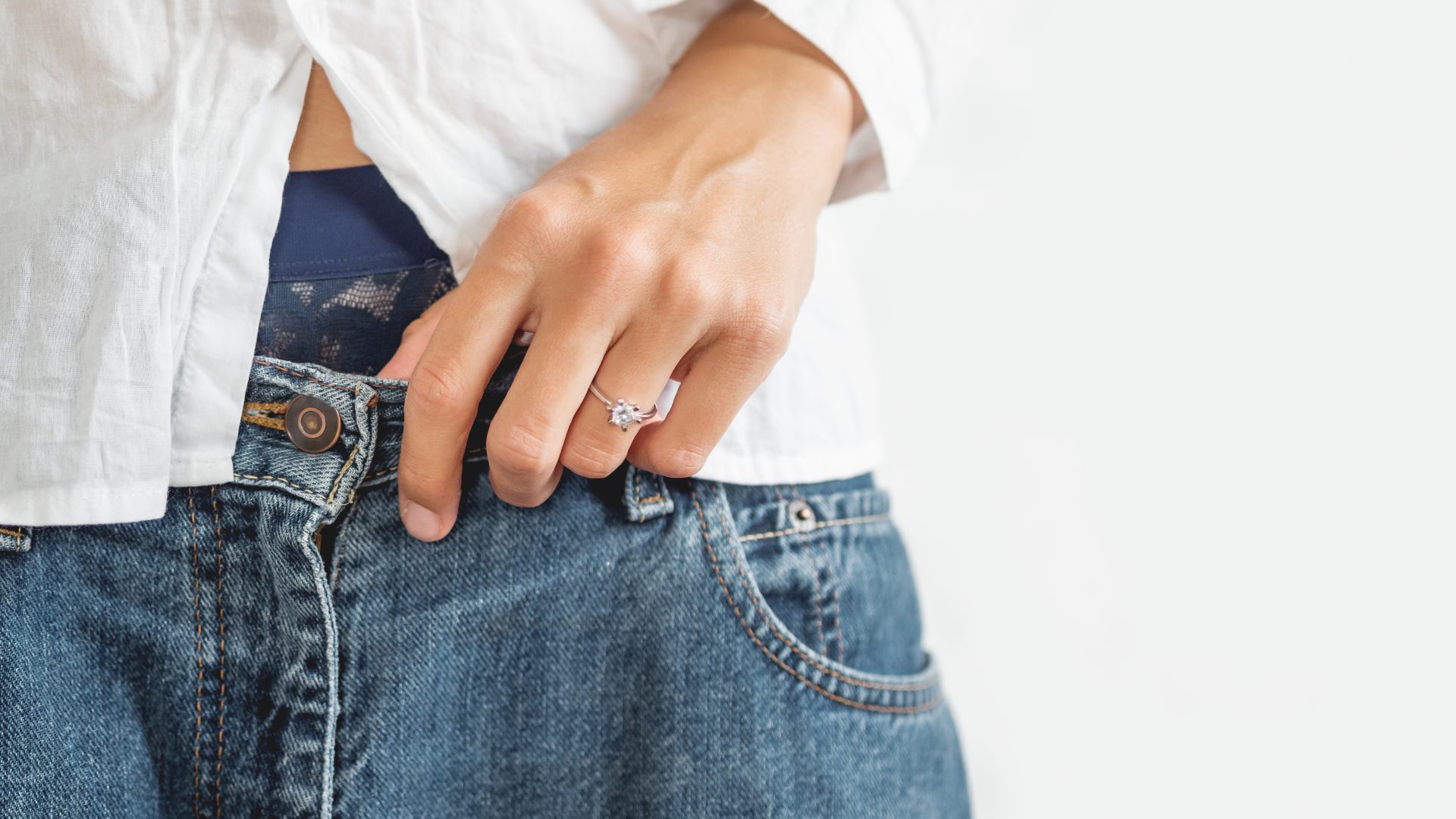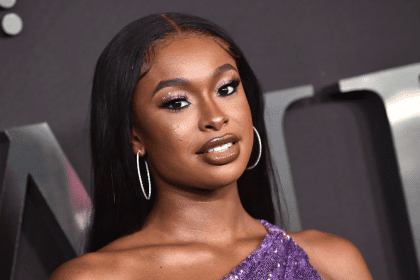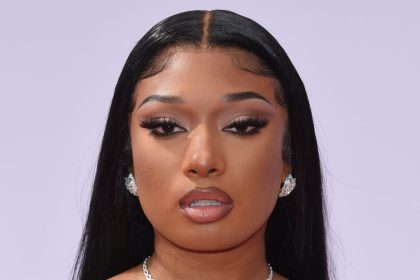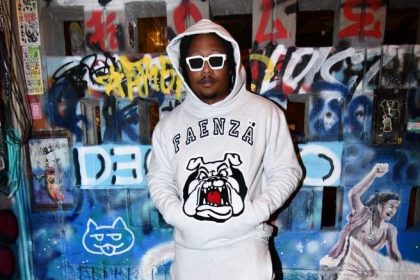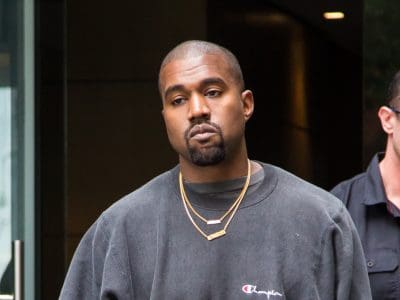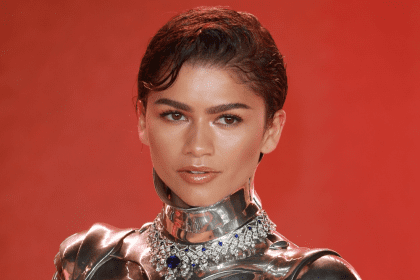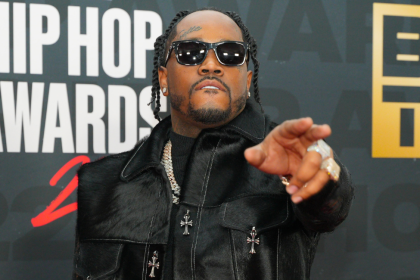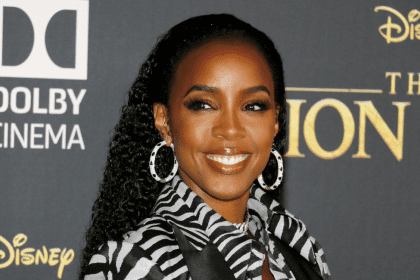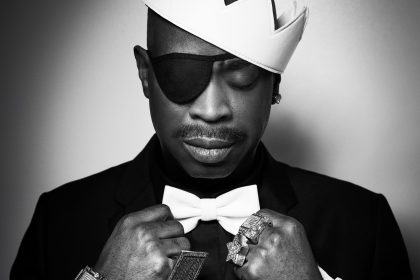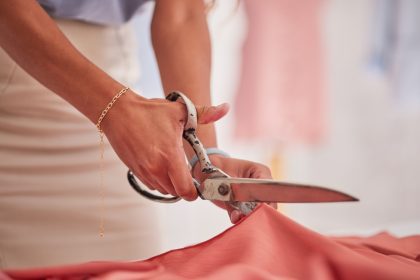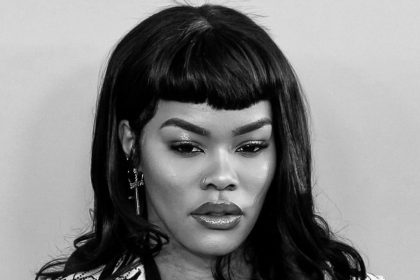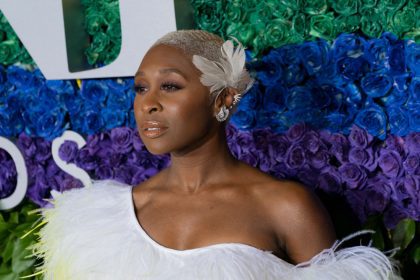Williamsburg, Brooklyn, thrives as New York’s creative crucible, its streets lined with murals, boutiques, and lofts where artists and designers collide. Once a gritty industrial zone, the neighborhood now pulses with a blend of high-end shops and DIY spirit, making it a magnet for cultural reinvention. In 2025, a surge of Y2K-inspired fashion and retro art, evoking the shiny optimism of the early 2000s, has taken root here, driven by a generation craving escape from digital saturation. From metallic skirts to pixelated installations, these trends channel a pre-algorithm era, reimagined for today’s audience.
The numbers paint a vivid picture. Secondhand clothing sales, heavy with Y2K-era pieces like low-rise jeans, jumped 28% nationwide in 2024, with Brooklyn leading urban markets. Williamsburg’s art scene also booms, with 25% more gallery openings than Manhattan’s Lower East Side last year. As New Yorkers tire of minimalist aesthetics, this neighborhood’s embrace of nostalgia offers both rebellion and comfort. Here are five Y2K-inspired trends, numbered for clarity, transforming Williamsburg’s fashion and art landscape.
Metallic fabrics in streetwear
Williamsburg’s boutiques overflow with metallic fabrics, silver cargo pants, gold crop tops, iridescent bucket hats, echoing Y2K’s futuristic sheen. Local designers, many operating from Bedford Avenue studios, rework these shiny textures into streetwear that blends early 2000s club vibes with Brooklyn’s relaxed edge. Shoppers, from musicians to baristas, snap up pieces that shimmer under the neighborhood’s neon signs, a nod to an era when fashion dared to dazzle.
This trend thrives on accessibility. Thrift stores and pop-up markets, which account for 30% of Williamsburg’s retail, offer vintage Y2K garments alongside upcycled creations. The result is a look that feels personal, not mass-produced, letting locals stand out in a city where trends turn fast. For Williamsburg’s creative class, metallic outfits are a bold reclaiming of joy.
Retro tech-inspired accessories
Accessories in Williamsburg draw heavily on Y2K’s tech obsession, with chunky plastic sunglasses, bedazzled phone cases, and Tamagotchi-like keychains dangling from bags. These pieces, sold in shops along North 6th Street, mimic the clunky gadgets of the dial-up age, when flip phones were status symbols. Designers pair them with modern silhouettes, creating a quirky contrast that resonates with the neighborhood’s ironic sensibility.
The trend’s popularity reflects a broader shift. A 2024 Depop study found 40% of Gen Z buyers sought accessories tied to early 2000s aesthetics, craving tangible links to a less connected time. In Williamsburg, where coffee shops double as coworking hubs, these playful accents let freelancers and artists signal individuality without breaking the bank, weaving nostalgia into daily life.
VHS and pixel art installations
Williamsburg’s galleries and bars hum with retro art, particularly installations inspired by VHS tapes and pixelated video games. Artists project glitchy visuals onto warehouse walls or sculpt oversized cassette replicas, evoking the grainy charm of 90s TV. These works, often showcased in spaces near McCarren Park, explore how analog media shaped storytelling, offering a counterpoint to today’s polished digital feeds.
The art resonates with locals, many of whom juggle creative gigs. Brooklyn’s artist population grew 15% since 2020, and Williamsburg remains their hub. These installations, blending nostalgia with critique, draw crowds seeking meaning beyond TikTok scrolls. By celebrating imperfection, static, rewinds, 8-bit blips, they mirror the neighborhood’s raw, unfiltered ethos.
Low-rise denim’s comeback
Low-rise jeans, a Y2K staple, dominate Williamsburg’s fashion scene, their return fueled by thrift shops and indie labels. Paired with baby tees or oversized blazers, they’re a uniform for the neighborhood’s nightlife, from dive bars on Grand Street to clubs like Elsewhere. Designers tweak the cut, higher waists for comfort, bolder washes for flair, making them modern yet unmistakably retro.
This revival isn’t just aesthetic. Secondhand denim sales in Brooklyn rose 35% in 2024, as sustainability drives purchases. Williamsburg’s renters, facing median costs of $4,200 per StreetEasy, lean on affordable vintage to stay stylish. Low-rise jeans, once divisive, now symbolize confidence, letting locals embrace a polarizing trend on their own terms.
Butterfly and star motifs
Butterfly and star motifs flutter across Williamsburg’s fashion and art, from embroidered hoodies to neon gallery signs. These Y2K icons, tied to teen pop culture and mall fashion, appear in murals along Kent Avenue or as patches on jackets sold at weekend markets. Artists and designers use them to evoke innocence, a stark contrast to New York’s relentless pace.
Their charm lies in versatility. A painter might incorporate glowing stars into a canvas, while a stylist sews butterfly appliqués onto a skirt, blending high and low art. With 45% of Williamsburg’s population under 35, these symbols strike a chord, offering a playful escape for a generation navigating economic flux and creative pressures.
A neighborhood’s reinvention
Williamsburg’s embrace of Y2K reflects its knack for reinvention, a trait honed through decades of change. Once home to factories, it became an artist enclave in the 1990s, then a gentrified hotspot by 2010. Today, with 20% of its retail now temporary per CBRE, the neighborhood thrives on fleeting trends, making it ideal for Y2K’s bold experiments. Fashion and art here don’t just mimic the past, they remix it.
Yet, challenges loom. Rising rents, up 8% in 2024, threaten the artists who fuel this scene. Y2K trends, with their thrift-store roots, offer a workaround, letting creatives stay expressive despite costs. Williamsburg’s ability to balance commerce and grit keeps it a cultural engine, proving nostalgia can spark innovation.
Nostalgia’s lasting spark
These trends do more than revive old styles, they reframe how New Yorkers connect. Williamsburg’s streets, where 60% of businesses are locally owned per city records, foster a community that values authenticity. Y2K fashion and art, with their unpolished edges, reject the corporate sheen of Manhattan’s galleries or SoHo’s chains, aligning with Brooklyn’s DIY heart.
As Williamsburg evolves, its Y2K wave signals a deeper shift. Nostalgia, once dismissed as backward, now drives creation, with 70% of young designers citing retro influences. By blending past and present, the neighborhood crafts a future where self-expression trumps conformity, keeping New York’s creative pulse alive.

